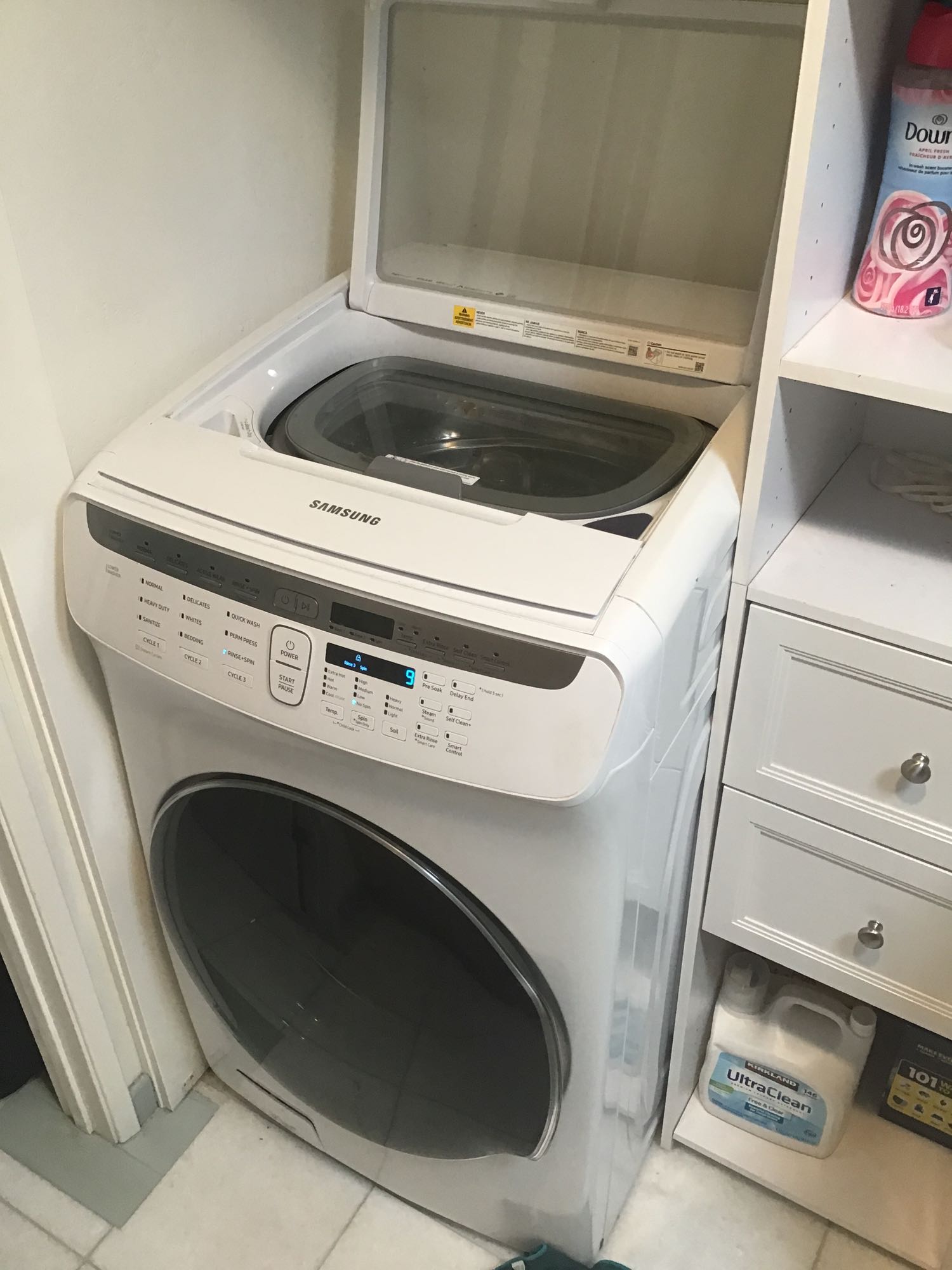
A washing machine is one of the most essential appliances in any home, providing convenience and efficiency in keeping your clothes clean. However, when a washer starts tripping the circuit breaker, it’s not just inconvenient—it’s a warning sign that something is seriously wrong with your appliance or home electrical system. Understanding the causes and knowing how to address them can prevent further damage, ensure safety, and extend the lifespan of your washer.
Common Causes of a Washer Tripping the Circuit Breaker
The most frequent reasons a washing machine trips the circuit breaker are a shorted motor or faulty wiring. Both of these issues involve electrical faults that can lead to overloading the circuit, causing the breaker to shut off power to prevent fire hazards or appliance damage.
- Shorted Motor The motor is the heart of your washing machine, responsible for spinning and agitating the drum during wash and spin cycles. Over time, wear and tear, overheating, or internal component failure can lead to a short circuit within the motor. A shorted motor can draw an excessive amount of electrical current, forcing the breaker to trip immediately when the washer is turned on or during operation. Signs of a failing motor include unusual humming or buzzing noises, the washer failing to start, or intermittent operation before the breaker trips.
- Faulty Wiring Another common culprit is faulty wiring, either within the washer itself or in the home electrical system connected to it. Worn, frayed, or damaged wires can create a short circuit, causing sparks, electrical arcing, and tripping the breaker. Wiring issues may be due to age, improper installation, rodent damage, or even exposure to moisture. In addition to tripping the breaker, faulty wiring may produce flickering lights, burning smells, or visible sparks, all of which are serious safety concerns.
- Other Electrical Issues While a shorted motor and wiring faults are the most common reasons, other electrical issues can also cause the breaker to trip. These include:
- Overloaded circuits: If the washer shares a circuit with other high-power appliances, the combined load may exceed the breaker’s limit.
- Faulty circuit breaker: Sometimes, the breaker itself may be old or malfunctioning, tripping even under normal load conditions.
- Ground faults: Moisture or water leaks in the washer can cause electrical shorts that trigger a ground fault and trip the breaker.
- The breaker trips immediately when you start the washer or during a specific cycle.
- The washer makes unusual sounds such as buzzing, humming, or grinding.
- A burning smell or smoke is present near the washer or electrical outlet.
- Flickering lights or electrical surges occur when the washer operates.
- Regular Maintenance: Schedule periodic inspections of the washer’s motor and wiring. Clean and dry the machine to prevent moisture-related shorts.
- Proper Loading: Avoid overloading the washer, as excessive strain on the motor can contribute to overheating and shorts.
- Dedicated Circuit: Ensure your washer has its own dedicated electrical circuit to prevent overloads from other appliances.
- Immediate Attention to Warning Signs: Do not ignore buzzing noises, burning smells, or flickering lights. Early intervention can prevent costly repairs.